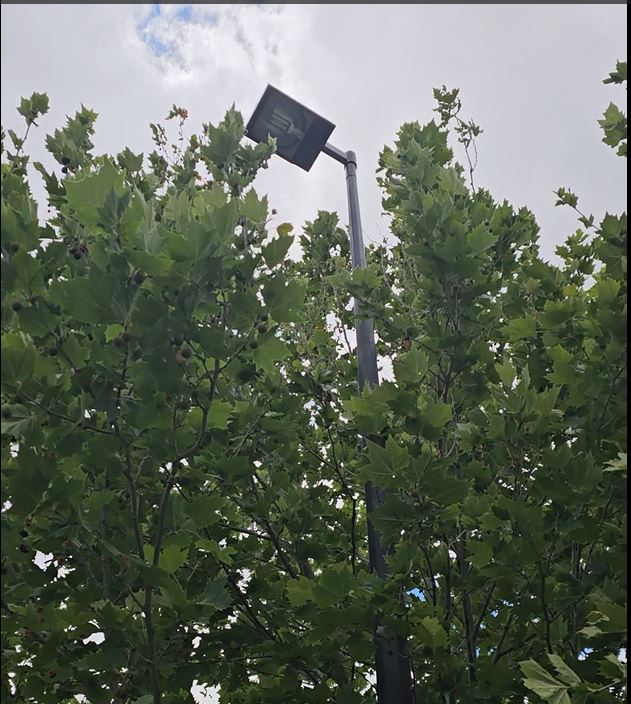Introduction
Effective lighting contributes to public safety by improving visibility and surveillance. It reduces fear of crime whilst increasing the opportunities to detect offenders.
Crime and fear of crime reduction are key objectives in the Australian Lighting Standard AS1158 for public streets, car parks and pedestrian areas, which should form the minimum standard throughout all businesses.
Tips for Effective Lighting
The following should be considered as part of an organisation’s lighting strategy:
- Bright spots and shadows should be avoided where possible.
- Highly vulnerable areas and those that could conceal a potential attacker should be illuminated more brightly than areas designed for normal activity. The objective is to light up the criminal without spotlighting the victim.
- Lux lighting levels outside a facility that attracts a more mature or elderly population should be above Australian Standards (AS1158). The area’s lighting should be twice as bright as average because twice as much brightness is required to create the same degree of perceived brightness for a person aged 60 compared to a person 20 years of age.
- Lighting should flow throughout the development and be increased around door entrances whilst minimising areas with glare pools.
- Signs indicating entrances, exits, and emergency equipment around a facility should be illuminated.
- Pathways should be well-lit without providing glare pools.
- Regular lighting audits should be conducted to ensure blown globes or faulty timing devices are detected.
- Lighting should be left on in key locations throughout the facility to ensure security guards, cleaners, or caretakers can see whilst patrolling or working.
- Consideration should be given to using LEDs in main and residential roads following Ausgrid’s partner program with Councils.
- Consideration needs to be given to the population base of the facility and the need to reduce the perception or fear of crime.
- Appropriate luminous levels should complement vehicle access points monitored by CCTV cameras.
- Increase lighting where bike paths intersect with other paths, roads, ramps to structures and tunnels.
Practical Approach
Managing effective lighting in the workplace doesn’t have to be complex. Security is everybody’s business and all workers and contractors must report any damage or lights covered with shrubbery.
I have conducted many security assessments over the years at hospitals, schools, universities and registered clubs, and I am still amazed to see how management assumes that lighting is effective but no one checks it.
It’s simple: once a month, get someone, preferably two people, as this will be done when it is dark to walk around the exterior of the building and car park.
Check for lights that are not working or covered with shrubbery.
Report it to maintenance and have the shrubs removed or lights repaired.
Conducting a lighting audit is part of identifying the vulnerabilities in your organisation.
Have a look at the following video to see how easy it is.
Conclusion
The takeout message is to conduct an audit of your workplace and don’t assume lights are effective or working.
